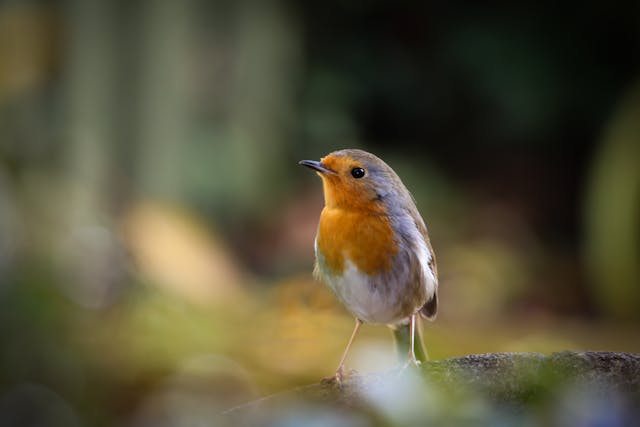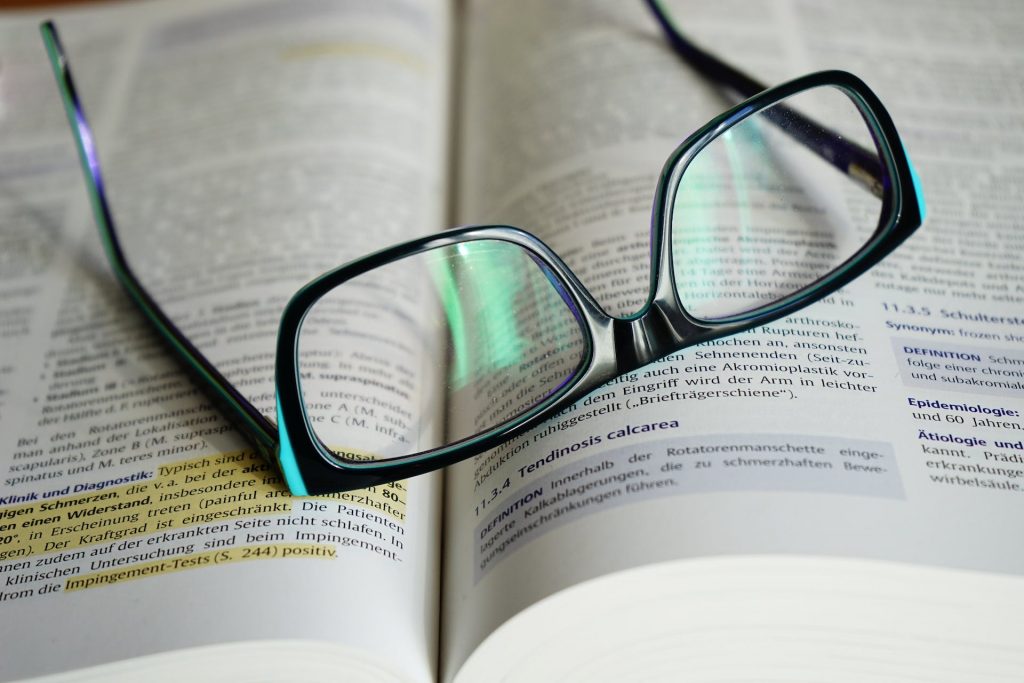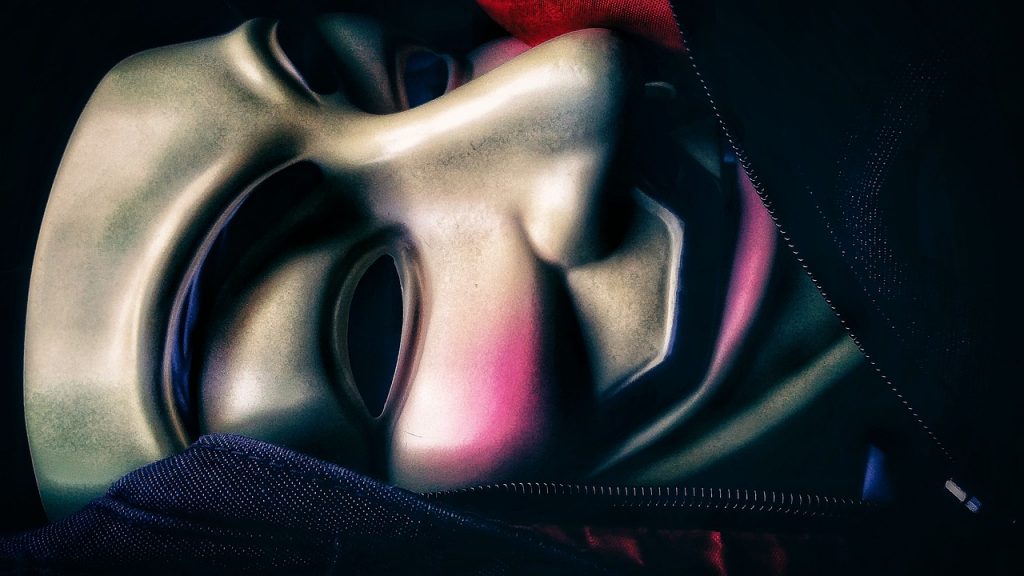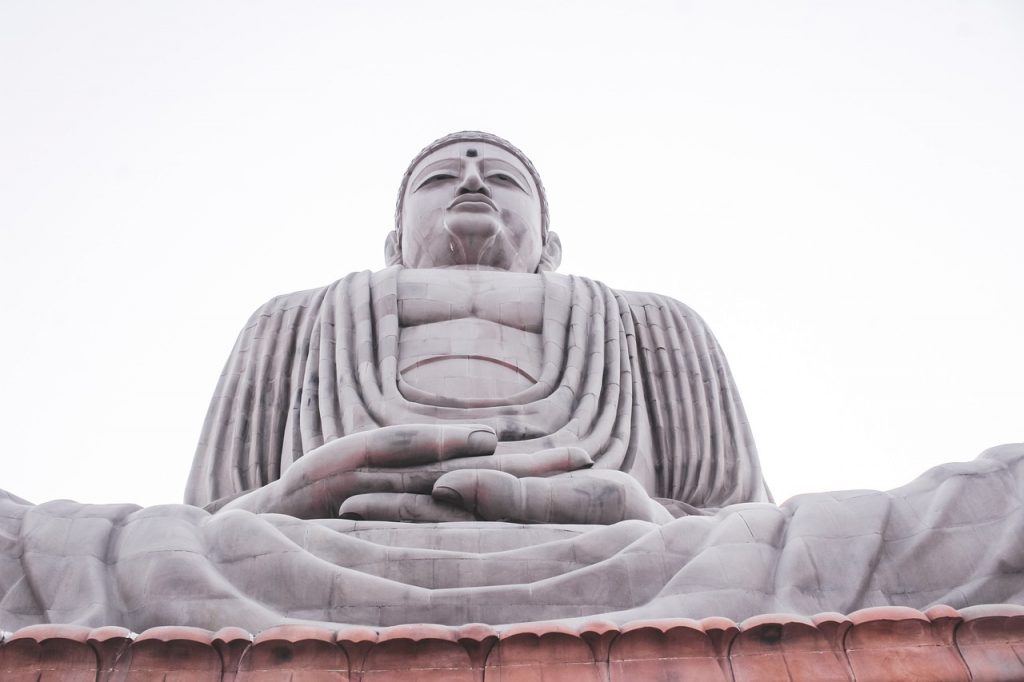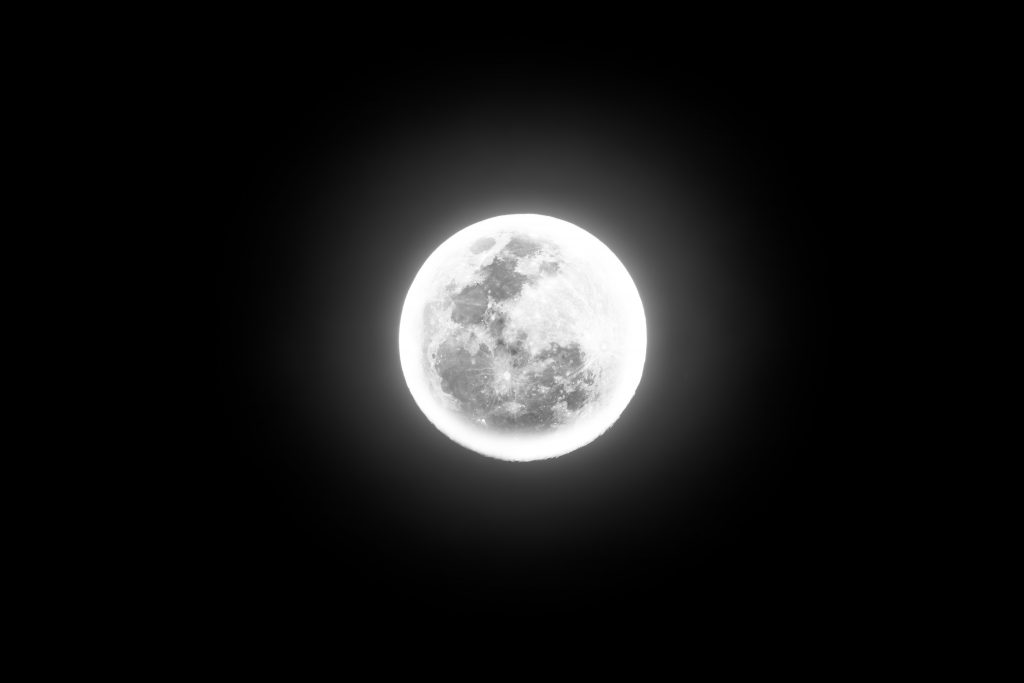Patience
Dharma Glimpse by Philip
My glimpse is inspired by the previous week’s dharma glimpse from a fellow book group member.
They had written, as I understood and remembered it, about a difficult relationship with some relatively new and noisy neighbours. How their perceptions of, and feelings towards, them had shifted after one of the neighbours shared about being partially deaf and having a child, or children, on the autistic spectrum.
I shared in my reflections to the group how this glimpse had strongly resonated and touched me. I took the (personal) importance of patience from it. Patience is something, alongside letting go/not clinging (e.g. to outcomes), I have been reflecting on a lot recently in my own life.
The glimpse author briefly shared just before we finished how they wanted to be more patient with others in their personal life, partly as this was an important part of their job. There wasn’t time for any real discussion this week after our individual reflections so I didn’t have an opportunity to share in response to this. I had wanted to know if I had understood them correctly- that they wanted to be more patient with others’ behaviours, in this instance the neighbours making a lot of noise.
I immediately wanted to say I’m not sure that’s what I meant and worried they might go away feeling they should be more patient with others, without necessarily be compassionate to themselves. I thought about emailing them to explain this. I wasn’t sure if that would be helpful or not, so I waited to see what would come up for me. I eventually decided to write this glimpse instead; hopefully a bit of patience in action!
I reflected in the week I wondered if patience, for me, was more about waiting for reality to become clear. Like the muddy water of preconceptions, assumptions and emotions we all have in the jar of our mind. Swirling around so nothing can be seen through it. And rather than muddy the waters further with self-judgement and expectation, to be patient to wait for something closer to the truth of the situation to emerge before responding. To me, this doesn’t mean always be ‘nice’ to others. It might be realising their behaviour is unacceptable. But then acting out of equal compassion for the self and them by recognising our own ‘bombu’ nature as well as theirs. That is our capacity for stumbling and getting things wrong as imperfect beings in an imperfect world. Or that our own perceptions and assumptions were inaccurate, but again acknowledging both ours and others bombu nature. So we don’t cause ourselves and others unnecessary pain or suffering by beating ourselves up.
I am trying to learn to be more patient on this basis in my own life. To allow the reality of events, interactions and relationships to more gently unfold. And then have the courage to act from both compassion to the self and others accordingly. Of course, I find this really, really hard! But it also means there is lots of potential for learning, growth and causing less suffering. Writing this glimpse has also reminded me of the fundamental importance of others, particularly a community or ‘sangha’. That we need others to inspire, challenge, support and comfort us in order to learn and grow. Without others we risk stagnating and contracting. So thank you to the previous dharma glimpse author. They may not be aware of the positive impact their glimpse has had for me.

